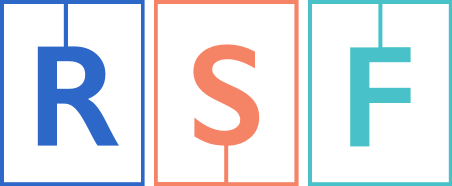Cadenced User Studies

Some projects or team workstreams have an expected need for learning, but research questions that initially unformed. With Development Cycle Coupling, depending on Product Roadmap outcomes, or built as part of Research-Driven Design Project, the questions shift while the need for research will not. We can anticipate and prepare for these needs by setting cadenced research efforts in place.
The challenge
Timing drives adoption of research results, and it is particularly important in fast-moving and iterative delivery environments. Because the needs for learning can be anticipated due to the iterative nature of the product development process, regular research can be baked into it to drive product decisions forward.
For example, a project may call for a regularly repeated method (e.g., prototype testing weekly for 4 weeks), or a range of methods in a planned sequence, (e.g., 2 rounds of concept test, 2 rounds of prototype test, and after shipping 2 rounds of usability test.).
Structural factors around the nature of the project will dictate an appropriate cadence and duration for sequenced testing. Designing a suitable research process will require a sound understanding of what questions the team need answered when, and the ways in which those answers are best consumed in order to flow into decisions.
The approach
Healthy projects that need to move fast should have user insight “pushed” into the work rather than waiting for it to be “pulled” as milestones are reached or after questions are tightly formed. Consider how a planned cadence of user studies and testing will be, in their own right, a forcing function to push work forward as well as reduce risk throughout the process.
Therefore, determine a cadence of user studies in partnership with the leaders of an active track of design or delivery work. Identify a pace that will push the team to be ready for learning; that won’t crowd time required for design and delivery work, and won’t leave empty space where the team is ready to learn but not in a position to do so. Always identify a scope of duration: it will frustrate the team and the researcher to have unclear expectations around when the process ends. Your cadence may entail one repeated research method over time, or alternate multiple methods depending on the expected state of the project.
Coordinate with the team in advance so all stakeholders have clear knowledge of what is expected of them in terms of input and involvement, and how the work of setting up the sessions will be divided. Ensure that everyone understands that research findings may necessitate a change of direction in what was to be delivered—and that this is a positive discovery to be made. After each round of studies, work with the team to evaluate the logistics and flow of the sessions, to improve the quality of subsequent iterations for everyone.
These cadenced studies may involve recurring Usability Test, User Interview, or Exploratory Research. Ensure that you can bring new team members up to speed and continually refresh the team’s understanding through Effective Reporting and including outputs in Public Project Index.


.png)